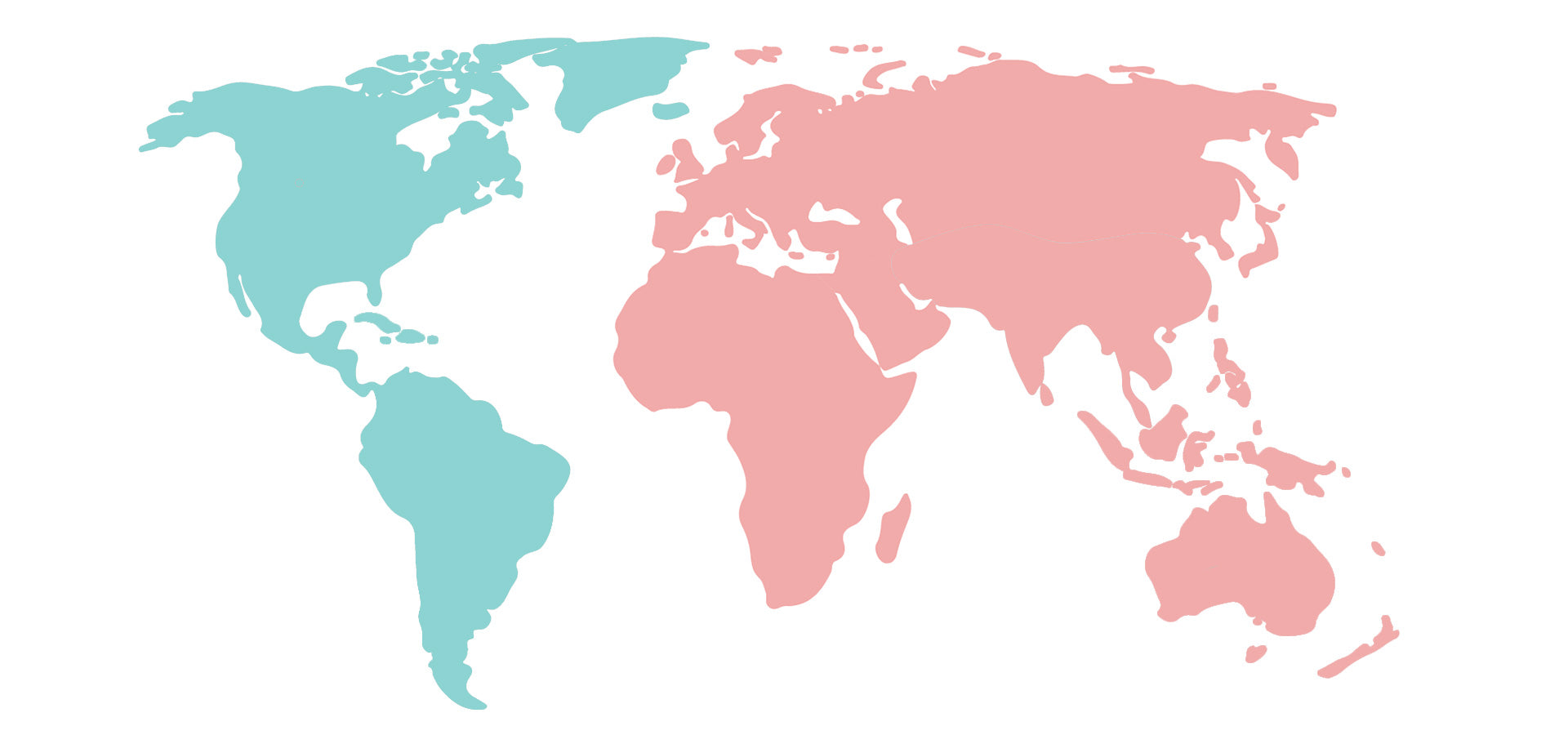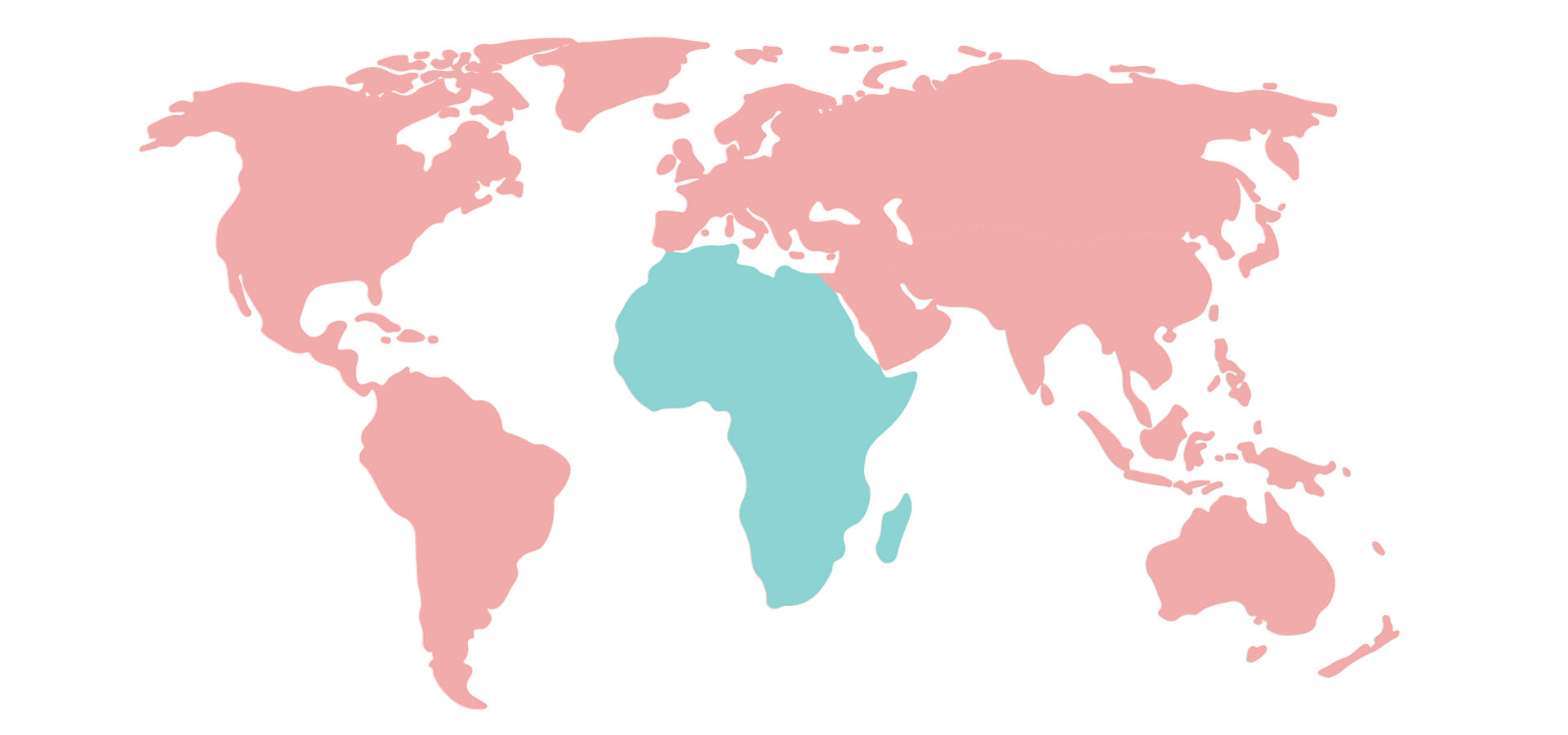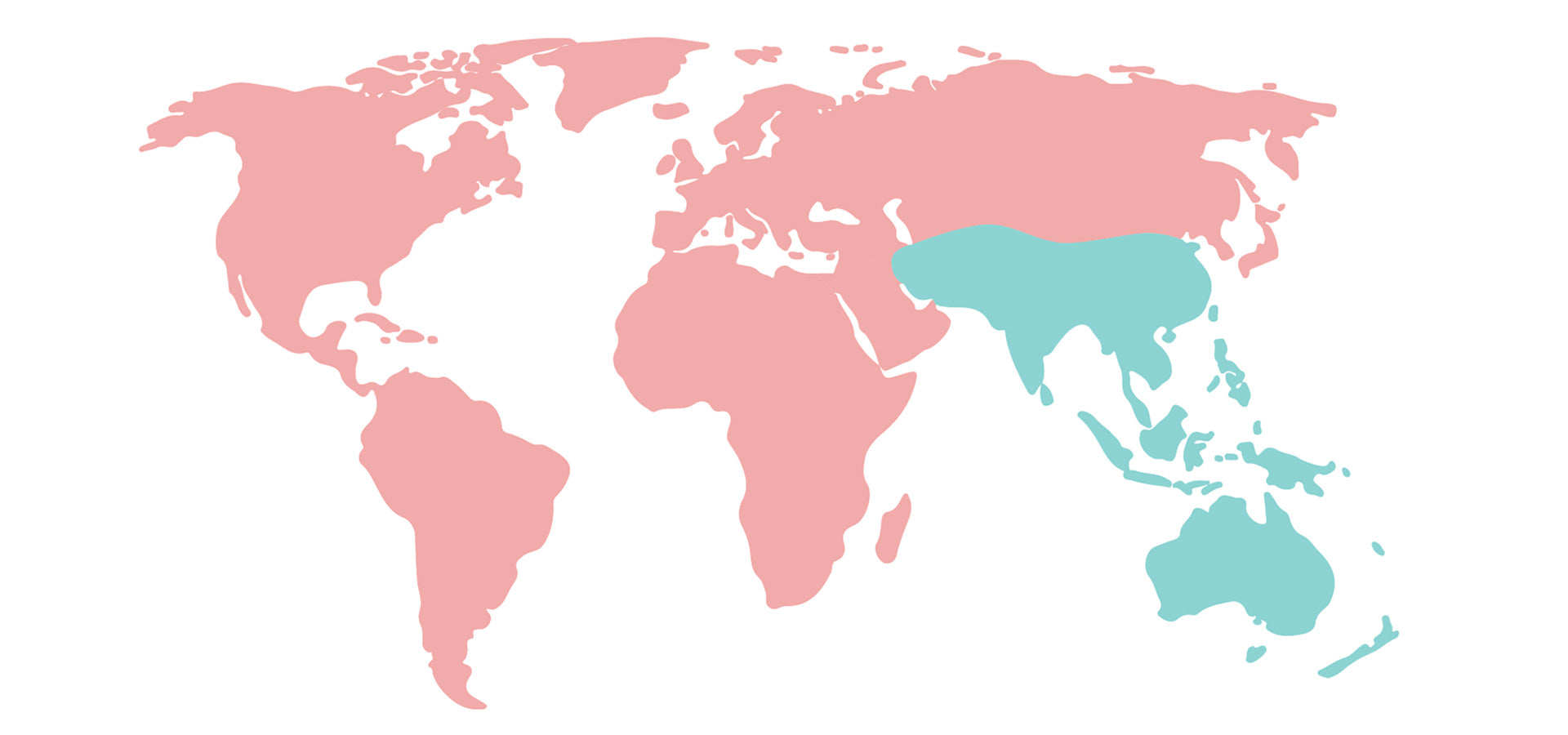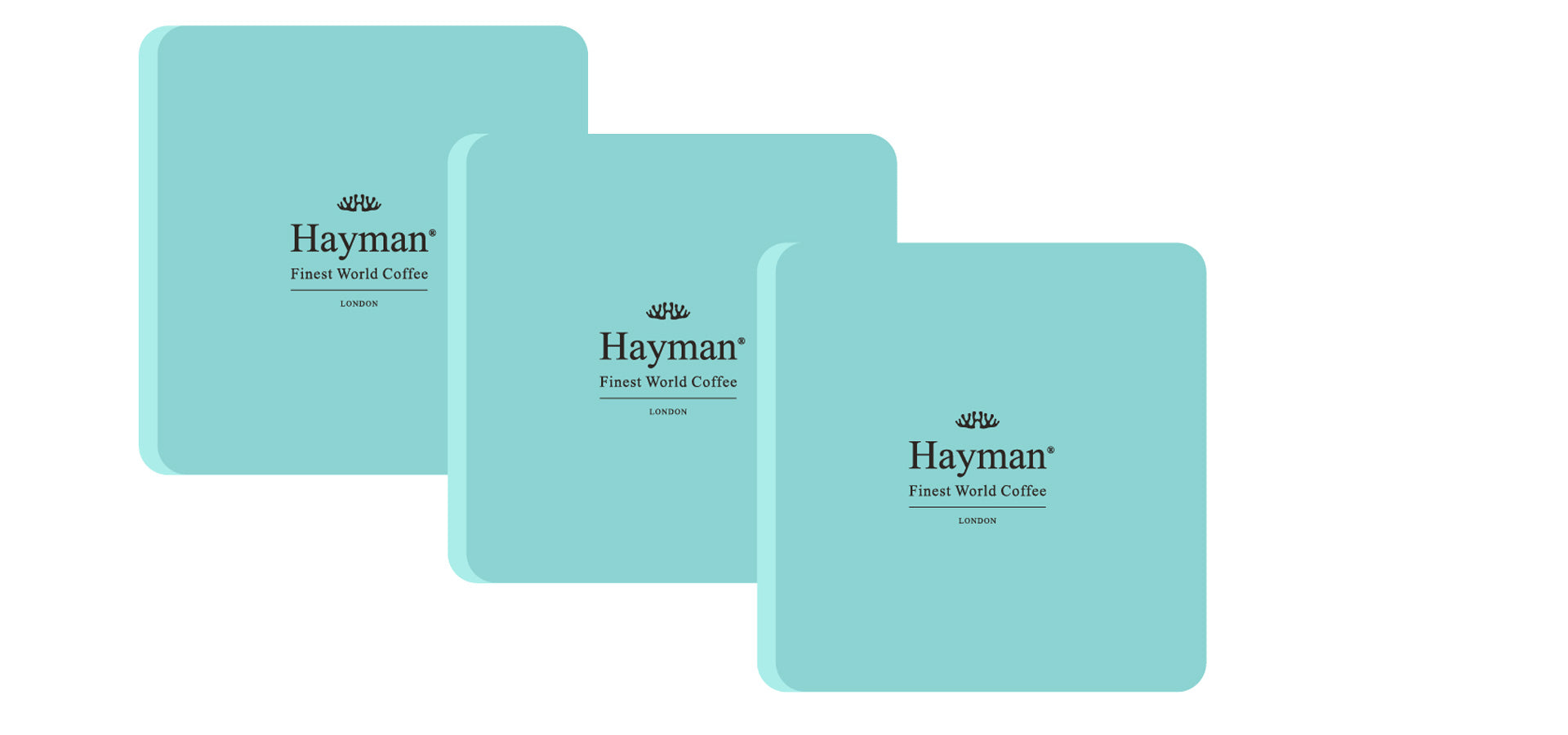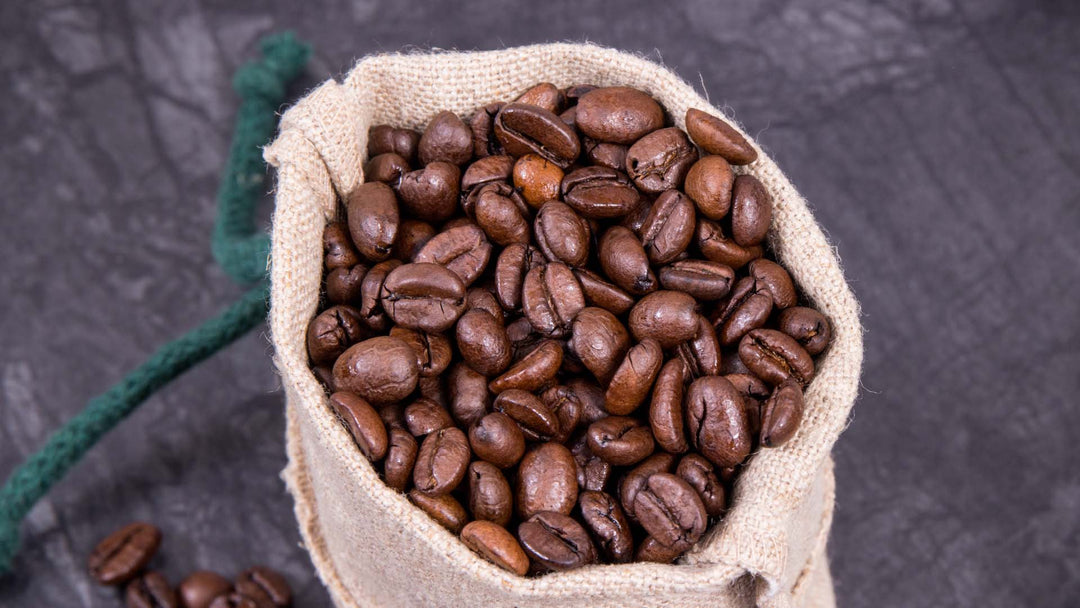Whole Bean Coffee: Is Blended Always Bad?

You’ll find that something which really grind the gears of most coffee connoisseurs is the prevalence of blends. Something that applies to whole bean coffee as well as ground – both of which are sold as blends, more often than not.
Even the best coffee beans in the world find their way into blends, which in some instances sell for surprisingly high prices.
The appeal of single origin coffee is easy to understand. Particularly when it comes to specialty coffee, it’s good to know that each and every bean came from the same place and was produced in the same way.
But does this mean that all blended coffee is bad? Are blends best avoided entirely, or can they be just as good as single origin coffee?
Commercial-Grade Blends
Most commercial coffee blends on supermarket shelves combine Arabica coffee with Robusta coffee. Contrary to popular belief, Arabica isn’t inherently ‘better’ than Robusta. It depends entirely on the personal preferences of the consumer, along with the quality of the beans in question and their freshness.
In any case, you’ll typically be looking at a ratio of around 30% Arabica coffee to 70% Robusta coffee in a commercial blend. Again, some of which are of exponentially higher quality than others.
100% Arabica Coffee
This is always presented as a ‘badge of honor’ where it applies, painting a picture of a truly high-quality coffee. But what’s important to remember is that just because a coffee is 100% Arabica coffee doesn’t technically say anything about its quality. It could still be produced with poorly cultivated beans, by way of a questionable manufacturing process and stored in entirely the wrong conditions.
This is why it is important to look beyond labels like these. 100% Arabica coffee is interpreted as a sign of quality, but the bag could still contain a fairly random blend of low-grade beans.
Specialty Coffee
A specialty coffee blend can be decadently delicious – there are no two ways about it. If you blend a bunch of quality coffees that are equally outstanding and are a nice complement to each other, you get an outstanding final product. In which case, blends can again be a good thing.
The main issue with speciality coffee blends is that the star of the show is usually present in very small quantities. Some blends genuinely contain the best coffee beans in the world, but only to the tune of 10% or even 5%. The rest comprises other more affordable beans, which could (and often do) completely drown out the speciality coffee in the mix.
Sadly, buyers are often duped by manufacturers into thinking they’re getting more than they actually are. A supposedly gourmet whole bean coffee blend could be emblazoned with “Jamaica Blue Mountain Coffee” or “Hawaii Kona Coffee” references, despite the fact that 90% of its content is anything but.
A ratio often not reflected in the price, which for blends like these can be disproportionately high.
In a Nutshell…
The long and short of it is relatively simple - coffee blends can be anything from fantastic to horrendous. It depends entirely what goes into the mix, and how much you are expected to pay for it.
Just as long as you read the label carefully and know exactly what you’re getting, you shouldn’t be in for any particularly nasty surprises!
To order the best and freshest specialty coffee, visit Hayman’s online store. We bring you coffee legends like best Kona coffee Hawaii, Jamaican Blue Mountain coffee and Panama Gesha coffee – all in 100% pure, non-blended form - click here to order today, we offer free worldwide shipping!
